
What is it? A war sim with no interest in showing you the ropes, or telling you where they are.
Expect to pay $50/£40
Developer: Offworld Industries
Publisher: Offworld Industries
Reviewed on: GeForce GTX 1650, AMD Ryzen 5 3550H, 8 GB RAM
Multiplayer: Up to 100 players
Link: Official site
Perhaps you like to casually jump in and out of online shooters, and you’re looking for something like Call of Duty to dip into a few times a month. This is not that game. If, however, you’re looking for something that would jump out of your monitor and enthusiastically slap you around the face if it could, you’ve found the right battlefield. Squad is a game that would only hold your hand in order to crush it.
The fact that Squad marched around Early Access for almost five years before its official release might tell you something. Like many games that linger in public development for long periods of time, the final version is an awkward, sharp-edged puzzle for anybody approaching it for the first time. There’s a tutorial, including a large area for you to play around with the systems in, but there’s absolutely no way you’ll get your head around everything without a crash course of wikis, YouTube videos, and friendly veteran players.
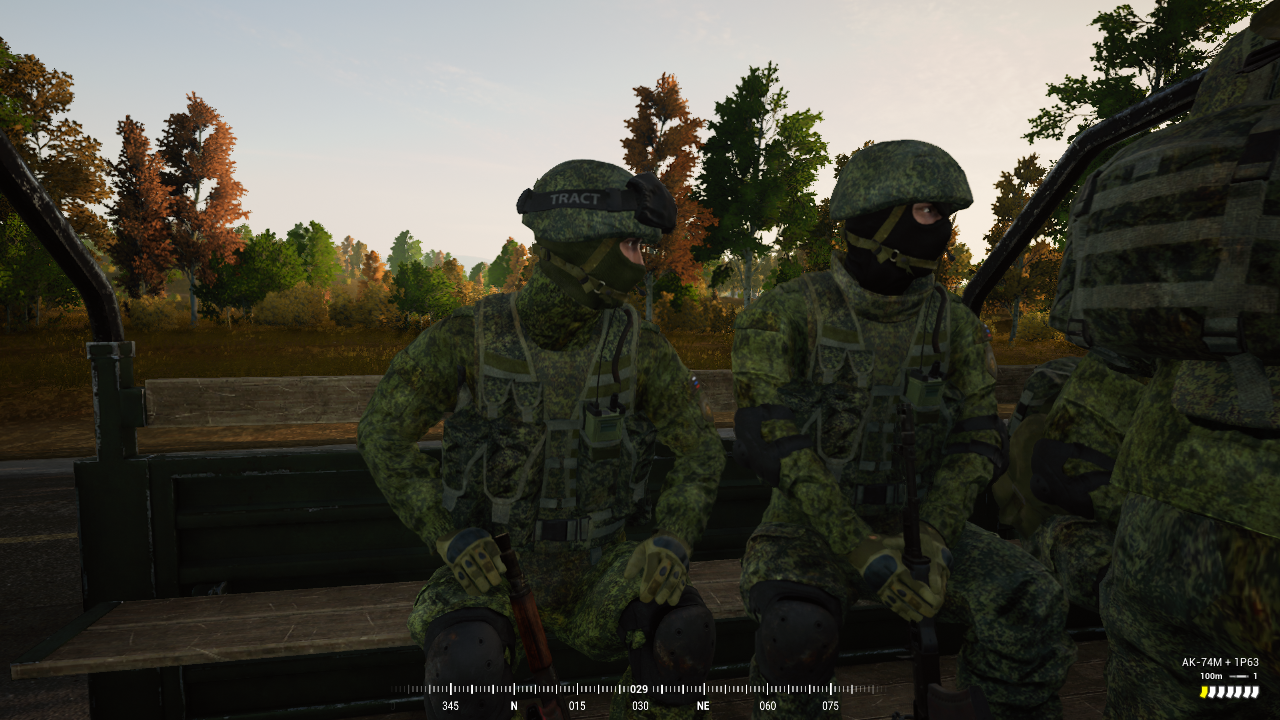
From a distance, the fundamentals appear deceptively simple. There are several game modes, but they all essentially boil down to attack and defend. The most popular modes (by far) are concerned with the comfortingly familiar concept of two teams battling to capture and hold control points on the map. Success or failure is utterly dependent on your team’s ability to play in the way that Squad intends.
The two 50-player teams are divided into squads. Each nine-player squad is started and named by a player. There’s also a commander, chosen by vote, who has responsibility for directing the overall actions of the team. It’s similar to the Red Orchestra series in this way.
It’s worth mentioning at this point that, the relatively close-quarters (and unpopular) Skirmish mode aside, the maps in Squad are huge. Enormous. Even, dare I say it, a little too big. This is just one of many reasons why trying to lone wolf it is unwise, unfair to your team, and doomed to fail.
Unless you want to give your soldier a great cardio workout, you’ll be sticking with others to make use of vehicles (of which there are few) where appropriate. If you’re brave enough to get in the driving seat, you’ll find that land vehicles are awkward but manageable, as in Battlefield. They’re more prone to overturn on uneven ground here though, as I (and many others) found, with hilarious consequences. Unlike that game—and rather oddly, for something that presents itself as realistic—even minor environmental elements such as trees and fences appear to be indestructible, and can stop a tank dead in its tracks. As for the helicopters, let’s just say that if you struggle with those in Battlefield, you definitely don’t want to be a Squad pilot.
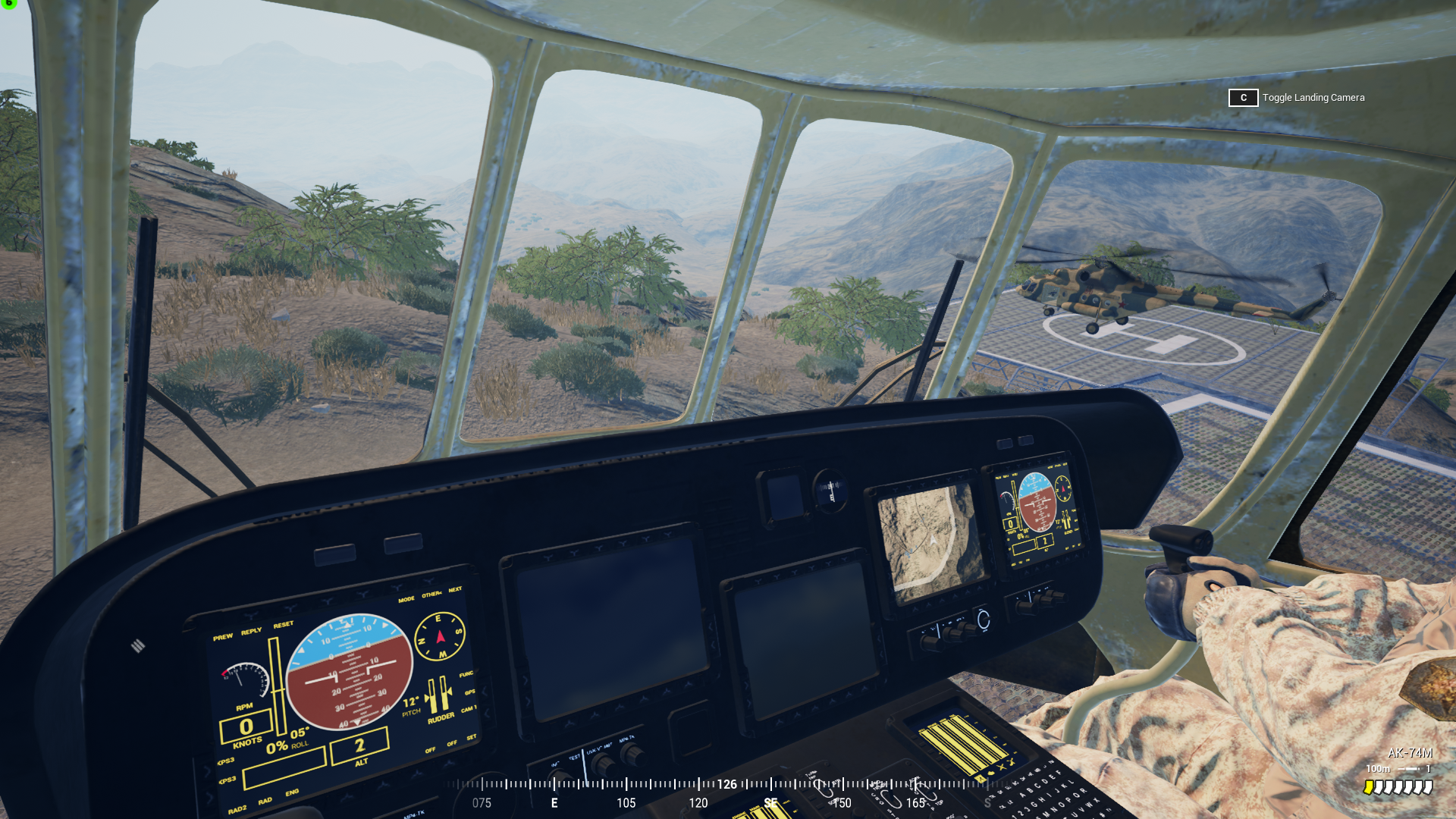
Working as a team is essential. Almost as important is communication in general. Ordinarily, I leave my headset a safe distance from my mouth and ears when playing online, but I use it constantly while playing Squad. This helps both me and my team. When playing as squad leader, it allows me to communicate with the commander and the other squad leaders, not to mention the members of my own squad. Even when playing as a lowly grunt, it can be a literal lifesaver, and if nothing else, it adds to the atmosphere.
Death comes quickly and easily in this game. Expect to get killed a lot by players you never even see. This is one of the first things I learned and so, when I was carefully creeping through some trees, I wasn’t surprised when somebody from another squad came up alongside me and asked if there was danger near. I warned him about a sniper, he thanked me, then continued on his way. Matches are full of similar little moments that organically establish a tense and unpredictable atmosphere.
It’s unlikely you’ll get to do a lot of shooting in a Squad match, but when you do, there’s little room for error. Ballistics lean heavily toward realism, and if you’re being attacked from a distance and you only have iron sights, the best thing you can do is take cover and flank (or run away heroically). Heck, anti-tank rockets will even fail to detonate if you’re too close to the target. Weapon handling is harsh but fair, and makes each kill immensely satisfying.
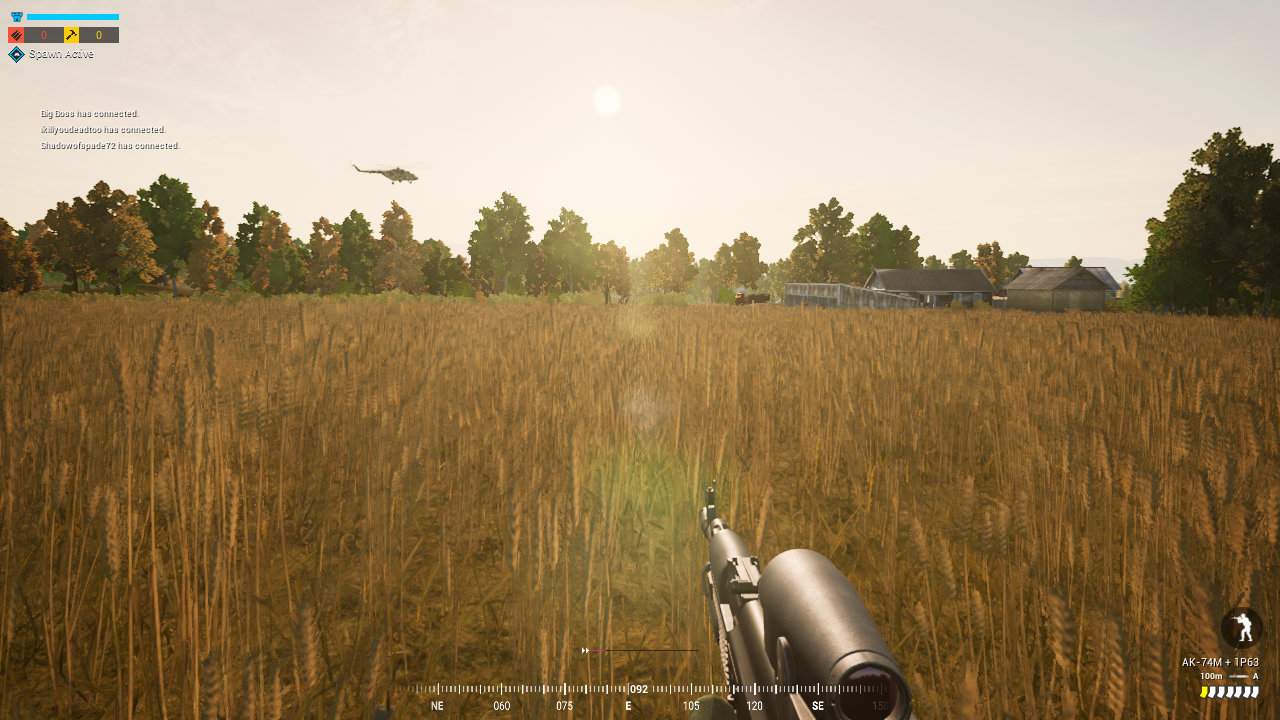
More often than I care to admit, I’ll be killed because I’m not being careful enough, or my reactions are too slow—but there is one significant issue that results in many unfair, frustrating deaths. Teammates are, as you would expect, identified by usernames visible above their heads. However, these are displayed with irritating inconsistency. A friendly right in front of you might have the name missing while you can see that of another across the street, or vice versa. They pop in and out of visibility seemingly at random. Add this to the fact that it’s usually extremely difficult to distinguish between friend and foe based on character models alone, and you won’t be surprised to hear that every single match of Squad that I’ve played has featured a lot of team kills (and not usually by me).
I could accept the idea that players are meant to have awareness of friendly positions at all times through a combination of map usage and effective communication were it not for the fact that your squad leader is identified by an icon visible from huge distances, a bright green star for your team of heavily armed wise men to follow.
Yet despite this, I still manage to have a lot of fun, and frequently come away with new anecdotes. Kills are usually the least important element of a match to some extent, and this is reflected in the score weighting. Kill an enemy and, if they’re not revived, you’ve cost the other team a ticket. You can however lose them more tickets (or even gain some for your team) and/or score big points through actions such as capturing and defending points, helping to build structures, deconstructing enemy structures, and healing and reviving teammates. I love the fact that not only is the leaderboard divided by team, the teams are then ranked by squad—not individual player (although you still get bragging rights within the squad itself).
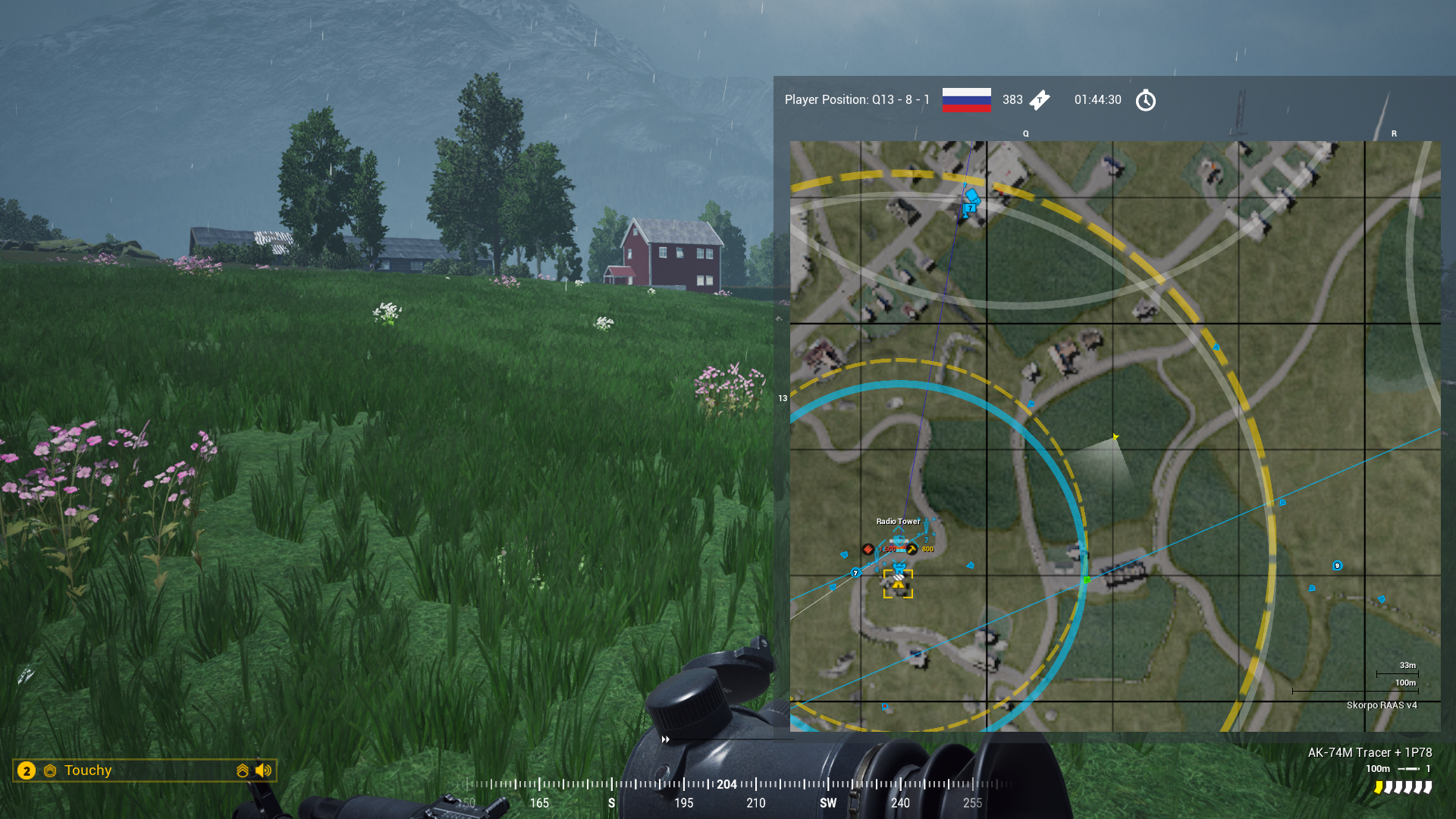
Squad is so dense with variables, I haven’t scratched the surface here. The most important thing to understand is that this is a game that only works—and, indeed, is only fun—when you act as part of a team. Making a tense run across a road when you suspect there’s a sniper, reviving and healing teammates while under fire, and helping others establish a new base is all thrilling, intensely satisfying stuff. If only identifying enemies was as easy as in pretty much any other online game I’ve ever played—that might improve the experience considerably.
The ruthlessness of the gameplay is both Squad’s greatest strength and deepest weakness. Its refusal to meaningfully guide players through the labyrinthine systems will turn off some, but these same systems provide an experience unlike any other. If you can make the long, uncomfortable crawl through the trenches, you’ll emerge into a battlefield where each and every match is unique.
Read our review policy
A hardcore team game that’s fun when you work together, despite some unfriendly systems.



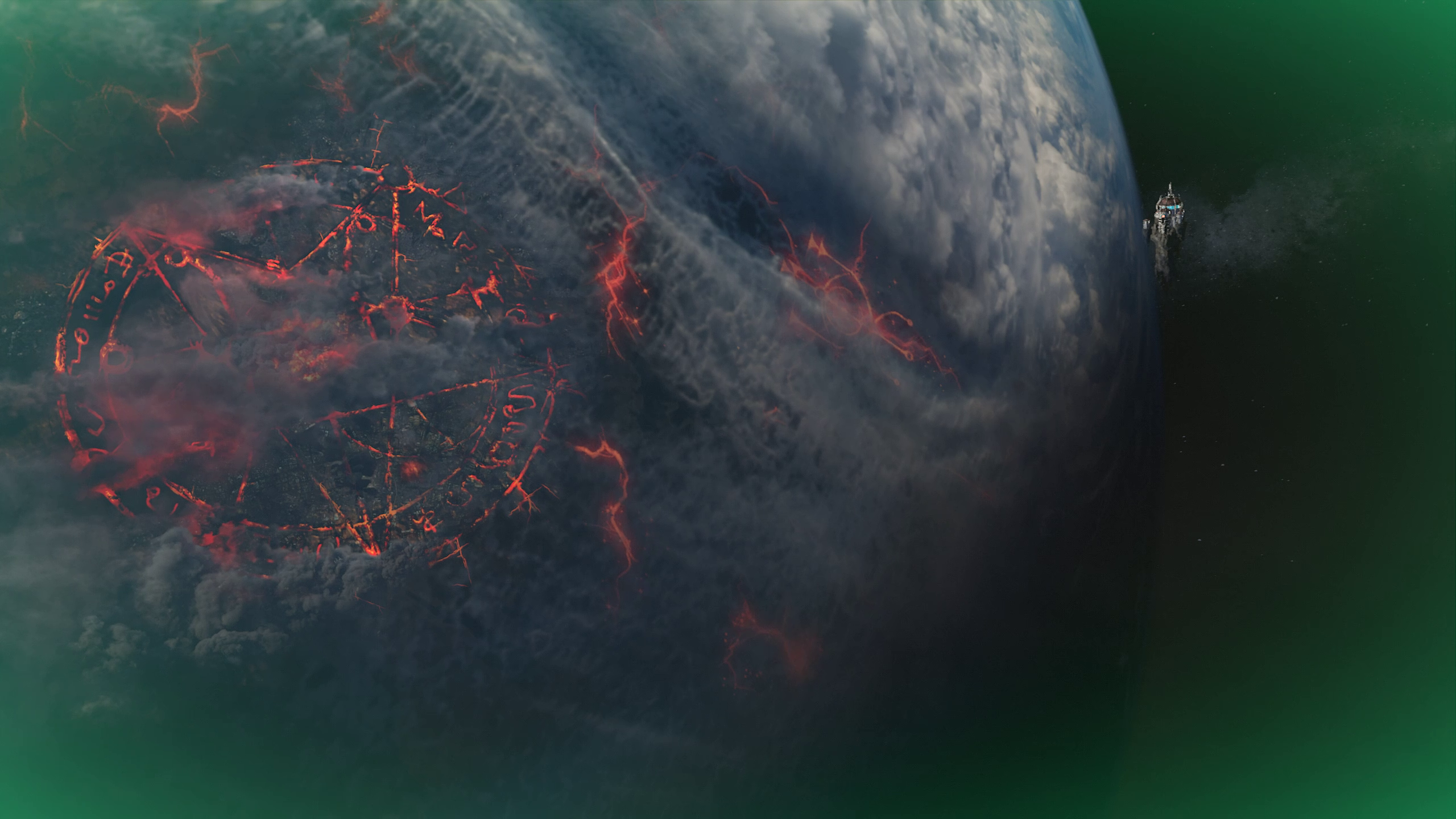
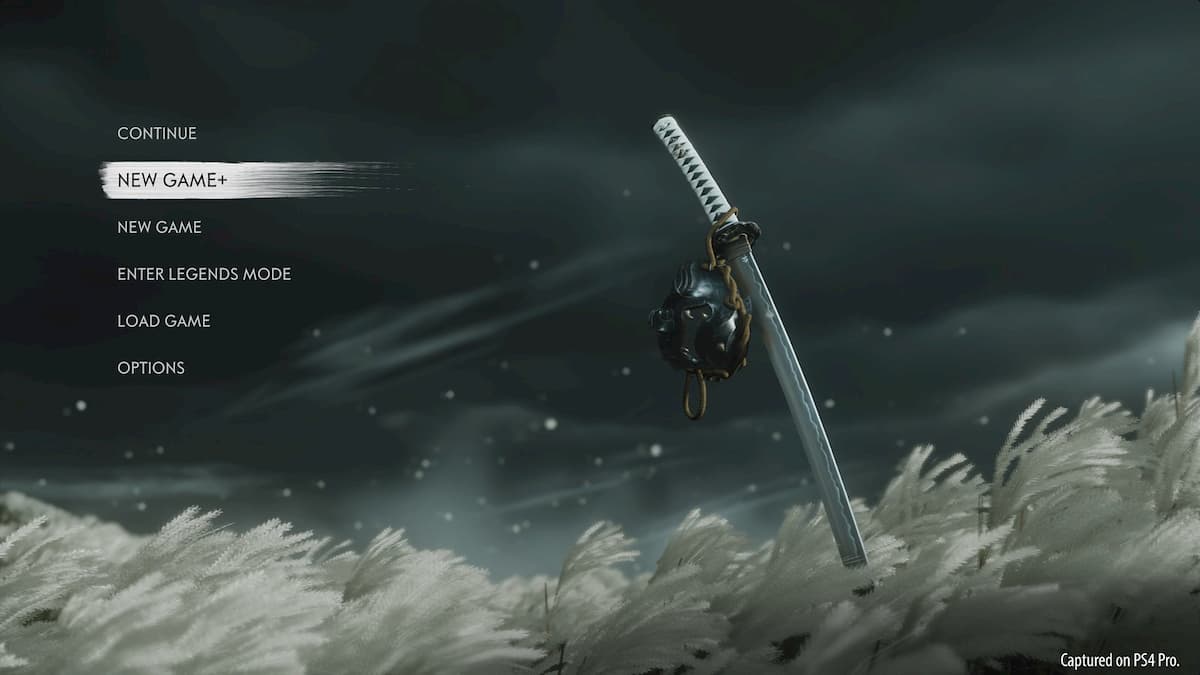


More Stories
Doom Eternal review
Review: The Last of Us Part II complicates the idea of right and wrong
Dirt 5 review